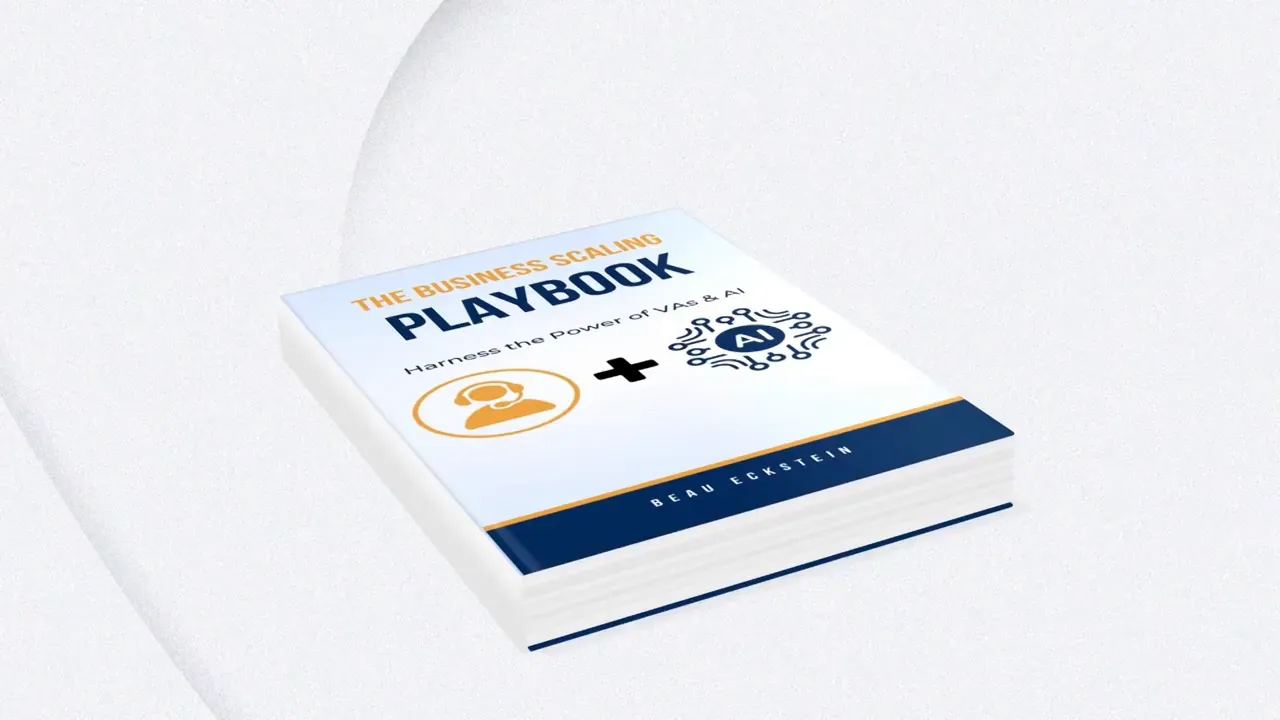If you are tired of trading time for money and want a real path off the W2 treadmill, you are in the right place. As a Business Ownership Coach | Investor Financing Podcast host, I want to show you a repeatable, practical blueprint for buying a semi-absentee business using smart leverage: SBA loans, seller financing, and the right franchise model. This article walks through the how, the why, and the step-by-step actions so you can replace your salary, build legacy income, and buy back your time.
Why SBA-backed Business Ownership is the Most Overlooked Path to Financial Freedom
Most people assume you need huge capital to buy a profitable business. That is the myth I help bust every day. SBA financing can fund up to 90 percent of an acquisition, which dramatically lowers the equity you must bring to the table. In practical terms, a million-dollar business could require 10 percent equity injection. If the seller carries 5 percent on standby, your true out-of-pocket can drop to roughly 50,000. That is life changing for someone sitting on a modest savings account.
SBA loans are not the only way to structure deals. Creative financing, seller carry, and partnership structures are all parts of the toolkit. But SBA financing remains the single most powerful, conventional way to access business ownership if you qualify. Understanding how these pieces fit together makes million-dollar businesses accessible to people who previously thought it impossible.
How SBA Financing and Seller Carry Work — A Practical Deal Breakdown

Here is a simple deal archetype I use to teach clients: assume a total purchase price and project cost of 1,000,000. SBA rules typically require 10 percent equity injection if the business cash flows as expected. That 100,000 can be reduced if the seller carries 5 percent on full standby, leaving you with around 50,000 out-of-pocket.
If you do not have the entire 50,000 liquid, you can structure an equity partner arrangement. Offer an investor 8 percent ownership for a 50,000 contribution. If that investor holds less than 20 percent ownership, they do not typically have to sign the loan guarantee. You present the seller’s financials, your projected plan, and the expected cash flow and return. Bring credibility, build trust, and you will find capital partners willing to invest in you.
“You don't need money to buy a million-dollar business. That's in your mind; you do, but you don't really.”
Deal architecture is a skill. Crafting terms that satisfy sellers, lenders, and investors while preserving upside for you is how you turn a savings account into ownership. The truth is, many people can access 100 percent of a deal by combining SBA, seller carry, and outside equity. It requires networking, negotiations, and the ability to make a credible operating plan, but it is repeatable.
Legacy Income vs Side Hustle Cash Flow — Why Recurring Revenue Matters

Photo by Vitaly Gariev on Unsplash
There is a meaningful difference between a side hustle that throws off extra cash and a business that builds legacy wealth. Legacy income is predictable, sticky, and sellable. I prioritize franchises and businesses with recurring revenue or residual models because they create a durable cash flow stream that can be transferred, scaled, and eventually sold.
Examples of sticky models include pest control, lawn care, membership-based health services like infrared saunas, and pet waste management. These businesses retain customers year after year when they do the job well. Restoration businesses are also valuable because many projects are need-based and paid by insurance, which creates higher ticket transactions and strong cash flow. When your company brings in consistent residual income and your expenses are under control, you can hire a manager and step back. That is where the legacy begins.
Real Client Story: The Escape Ramp from Hospitality to Franchise Ownership
Photo by Amina Atar on Unsplash
Let me share a recent example. A client of mine had worked nights in hospitality for years. She wanted out of night shifts, more control, and equity that could appreciate. She owned some real estate, but owning a franchise offered a different path. She financed a startup franchise and bought three territories. If she hits the Franchise Disclosure Document (FDD) numbers and executes well, she is positioned to earn roughly three times her W2 income, while also gaining better tax treatment and a sellable business.
She is leveraging the franchise's systems, marketing, and operating playbook rather than starting from scratch. That leverage accelerates results. This is not an overnight fix. It takes capital planning, execution, and willingness to learn. But it is an escape ramp from a job that doesn’t fit your life anymore into ownership that builds equity and freedom.
Three Tactical First Steps to Build Your Financial Freedom Blueprint
Photo by Amina Atar on Unsplash
If you are serious, here are the first three things to do right now.
- Get clarity. Book a short clarity call so you can talk through your goals, capital, risk tolerance, and timeline. A 20-minute conversation will often surface the best next steps.
- Complete an assessment. Use an intake assessment to build your buy box. What industries do you like? What hours can you commit? How much risk can you tolerate? These factors narrow the universe to realistic options.
- Create a roadmap. After clarity and assessment, meet again to build a concrete plan: target businesses, financing structures, and next milestones. This is the difference between dreaming and executing.
Repeatable systems and accountability accelerate progress. I always remind clients that accessing SBA and creative financing is just the start. Execution, hiring the right people, and following proven systems create long-term success.
Best Semi-Absentee Business Models to Start While Keeping Your Job
Photo by Amina Atar on Unsplash
Can you keep your job while you build a business? Yes, but it depends. Nearly any business can move to semi-absentee within 18 to 24 months if you are coachable and willing to learn the systems. That said, some models are more friendly from the start:
- Simple brick-and-mortar businesses with predictable processes like juice bars or quick-service smoothie shops.
- Membership-based health services with low headcount and recurring revenue, such as infrared sauna studios.
- Pet care services and dog grooming where you hire skilled operators and focus on systems and marketing.
- Painting and restoration businesses where operational teams execute and the owner handles growth and oversight.
Restaurants and complex food service operations are typically harder to run semi-absentee. The key is to pick businesses with documented systems and the potential for recurring customers, then invest the initial time to create reliable teams.
Automation, Virtual Assistants, and Scaling Your New Business

Growth is not about grinding more hours. It is about building smarter systems and using automation. Tools like unified CRMs and automation platforms replace a dozen disjointed tools and let you automate lead capture, follow-up, appointment booking, and customer retention. This is how you scale without sacrificing your life.
Virtual assistants complement automation. They can manage outreach, appointment qualification, follow-up sequences, and administrative tasks. With the right playbook, a small team of VAs plus smart automation can keep your calendar full of qualified appointments while you focus on strategy and growth.
I put these systems into practice with a playbook that covers productivity, scalable systems, and closing more deals using VAs and AI. If you plan to grow a semi-absentee model, build these processes in from day one.
Take Action: Build Your Roadmap and Own Something of Your Own
Owning a business is the stepping stone to financial freedom that few people pursue because they think they need huge capital or special connections. The reality is that with SBA financing, seller carry, and the right deal architecture, many people can buy businesses with relatively small equity injections. Combine that with recurring revenue models and robust automation, and you create a business that supports your life instead of consuming it.
If you want structured help, do the work: get clarity, take the assessment, and build a roadmap. Put systems in place and be prepared to learn the operating playbook. This path is not easy, but for those who commit, it is one of the most reliable ways to replace a paycheck and create a sellable asset that lasts for generations.



